Cool Nights on the Water: Jay's Generator-Free AC Solution for Boats

Sweltering in your boat cabin on a summer night? You might crank up the AC for some relief, but then a chilling thought creeps in: the potential danger of carbon monoxide (CO) poisoning from your generator. Do you share that concern?
For Jay Swan, an experienced boater and owner of a 270 Monterey Express Cruiser, this fear was real and constant.
How to Sleep Cool Without Running a Generator on Your Boat
Jay wanted one thing: a cool, comfortable night's sleep on his boat. But he absolutely refused to run his generator while sleeping. Why? Because of the hidden threat of carbon monoxide poisoning. Even with detectors onboard, Jay knew that relying on a generator for power through the night wasn't a risk he was willing to take.
The dilemma was clear: endure the suffocating heat or risk the dangers of running the generator while sleeping. But neither option allowed him to fully relax and rest after a fun day on the water.
ZERO BREEZE Mark 3: The Solution for Safe, Overnight Cooling
Jay's search for a safe alternative led him to discover the ZERO BREEZE Mark 3 portable AC, a game-changer. Unlike traditional AC units that rely on generators, the Mark 3 has its own detachable battery, completely eliminating the need for CO-producing generators during quiet hours.
But Jay didn't stop there. With years of experience building cellular sites, he decided to take things a step further: he would build a custom electrical system to power the Mark 3. His goal? A solution that was safe, reliable, and most importantly, allowed for generator-free cooling while sleeping.

Jay's Custom Electrical System for Uninterrupted Comfort
To build a system capable of powering the Mark 3, Jay poured countless hours into research, design, and testing. He carefully drafted schematics, estimated power loads, and ensured each component would function at peak performance.
At the heart of Jay's ingenious setup is a DIY 12.8V 400Ah LiFePO4 battery bank, which supplies power to a pure sine wave inverter. This inverter converts the 12.8V DC power into 120V AC, which then powers the Mark 3's power adapter. The adapter converts that 120V AC into 48V DC, which falls within the Mark 3 batteries' wide input range of 12V-60V. These batteries then power the Mark 3 AC unit.
Jay's system is meticulously designed for continuous, uninterrupted cooling. The system uses the pass-through feature of the Mark 3 batteries, meaning the Mark 3 AC can continue running while the batteries charge. To make sure everything runs smoothly, Jay even added a vent to keep the Mark 3 power adapter cool.
For overall system management, he integrated a Victron Energy SmartShunt for precise battery monitoring and added Blue Sea Systems remote battery switches for convenient power control from the cab.

Why Jay Chose This Generator-Free Cooling Setup
Jay's decision to go with this setup wasn't random. It was driven by practical considerations. For one, he couldn't find a reliable 48V DC-DC boost converter with sufficient power (ideally over 750W) that wouldn't be over-stressed or constantly running at 100% output while handling the Mark 3's power demands. In addition, Jay already has several 110V AC devices on his boat that need to be powered, so an inverter was essential regardless of the AC unit.
Jay clarifies his approach to generator use: "It's not that I don't run a generator at all... it's more that I don't want to sleep with the generator running. I charge it and run it during the day. While awake it's safer!" This thoughtful design allows him to efficiently recharge his main 12.8V battery bank using a 100A LiFePO4 charger powered by his boat's generator during active hours, while strictly avoiding generator operation during sleep for paramount safety.
With this custom-built electrical system, Jay can run his Mark 3 from any power source his boat uses, whether that's shore power, the generator (primarily for charging the battery bank), or his inverter connected to the 12.8V 400Ah batteries.
The beauty of this setup lies in its seamlessness. If the AC power source is temporarily lost, the compressor continues running without interruption. When power is restored, the Mark 3's batteries begin recharging, all while still powering the AC unit. This smooth transition ensures Jay can sleep comfortably through the night, without worrying about power loss or having to run the generator.
His design has successfully removed the risk of CO poisoning during sleep, allowing for truly undisturbed rest. It's a solution that's given Jay the ultimate peace of mind while on the water.

Key Insights for Boat Owners Looking to Stay Cool
When asked about advice for other boaters interested in setting up a similar power system for the Mark 3, Jay shared two key pieces of advice:
- Choosing the Right AC Unit
For boats 26 feet and under that are trailerable, Jay believes the Mark 3 is an excellent cooling solution. Unlike traditional marine AC units with higher BTU outputs, which require a boat to be in the water (as they use seawater for cooling) and often draw over 1,000W, the Mark 3 can operate even when the boat is on a trailer, out of the water. Moreover, it's an excellent cooling option for boats, as many often lack windows suitable for traditional window AC units.
- Designing the Power System
Jay prefers LiFePO4 batteries because they are safer than traditional lead-acid batteries. If they fail, they're less likely to combust. However, he emphasized that LiFePO4 batteries are not simply a drop-in replacement; they require careful planning and research to get right. His advice: "Don't go cheap on the inverter, or you'll waste a lot of power and end up with an inefficient system."
Enjoy Peaceful Nights on the Water
Jay's journey from generator anxiety to peaceful, air-conditioned nights aboard his boat is a testament to innovation and careful planning. By combining the portability of the ZERO BREEZE Mark 3 with a custom-built electrical system, Jay has created a solution that solves his own dilemma while offering owners of boats like his a safer, more efficient way to stay cool on the water without running their generator overnight.
His ingenuity proves that concerns about carbon monoxide during sleep don't have to be part of the boating experience. With a little creativity and the right tools, a truly peaceful and comfortable night aboard is possible, without the generator running.







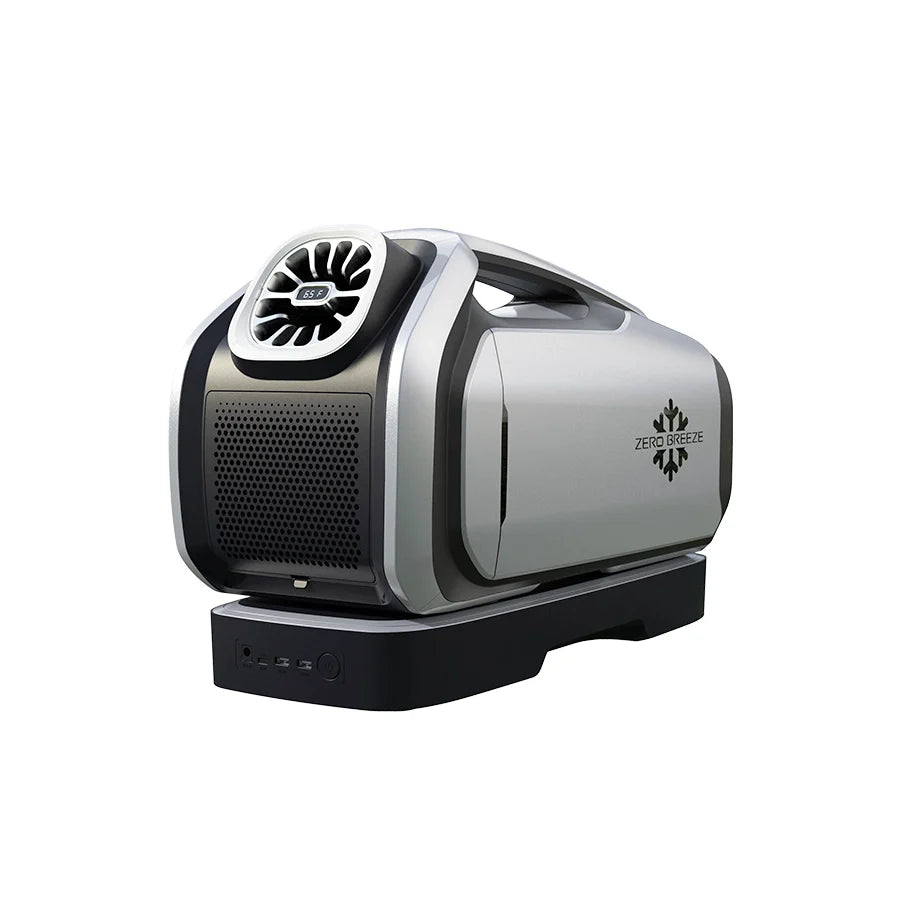
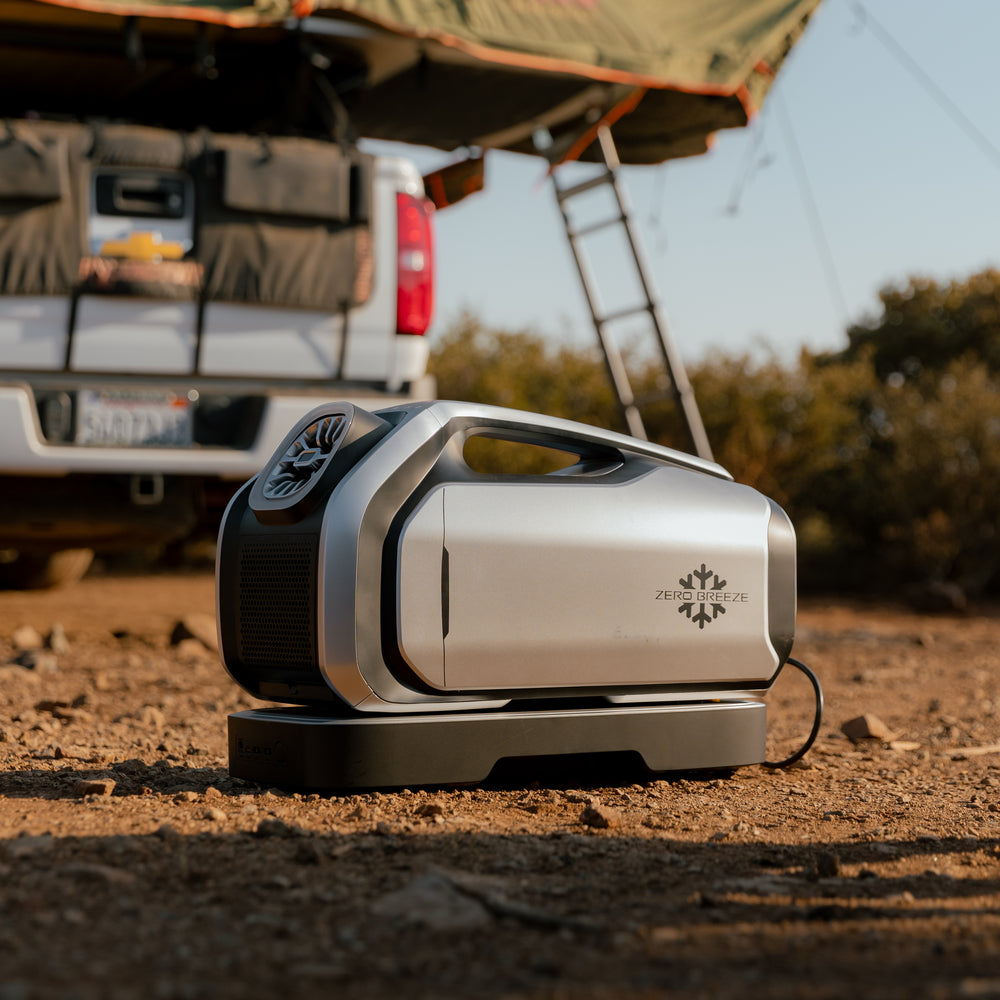
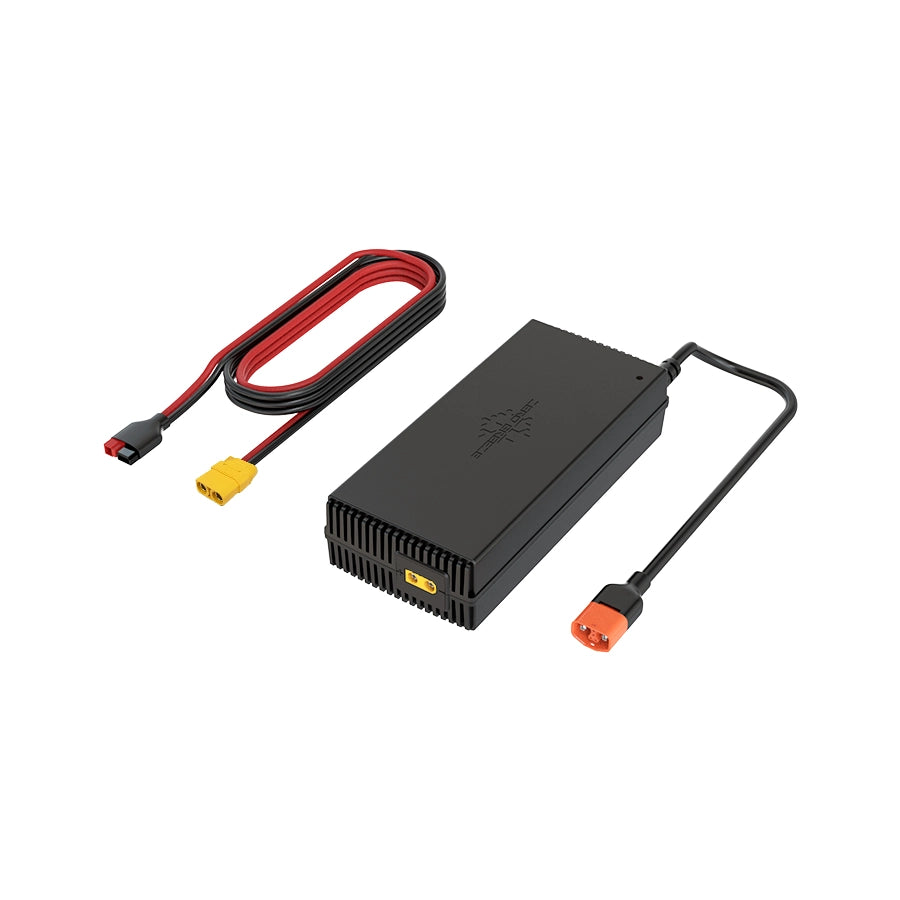
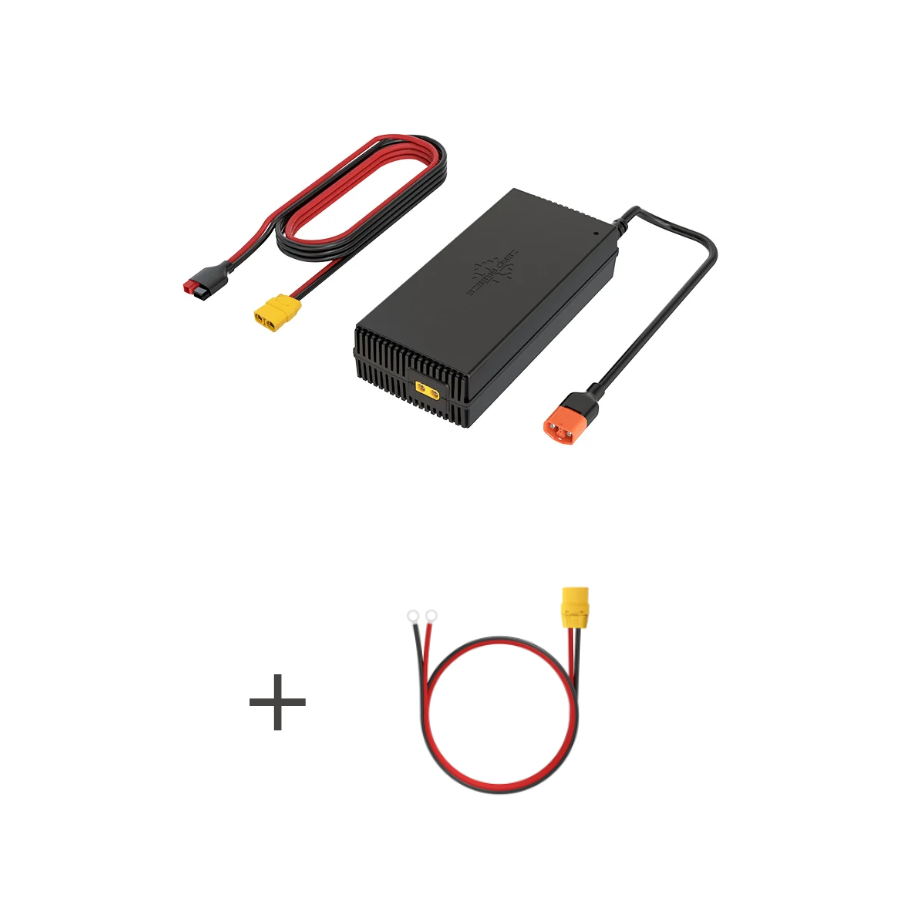
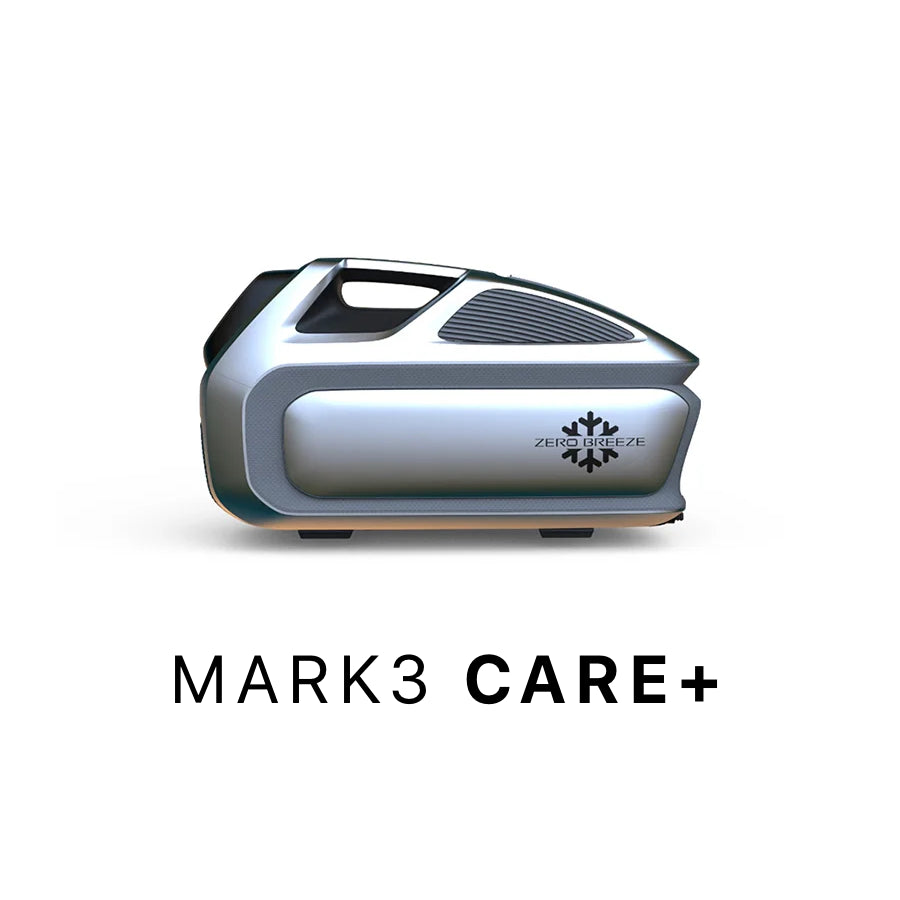
Leave a comment